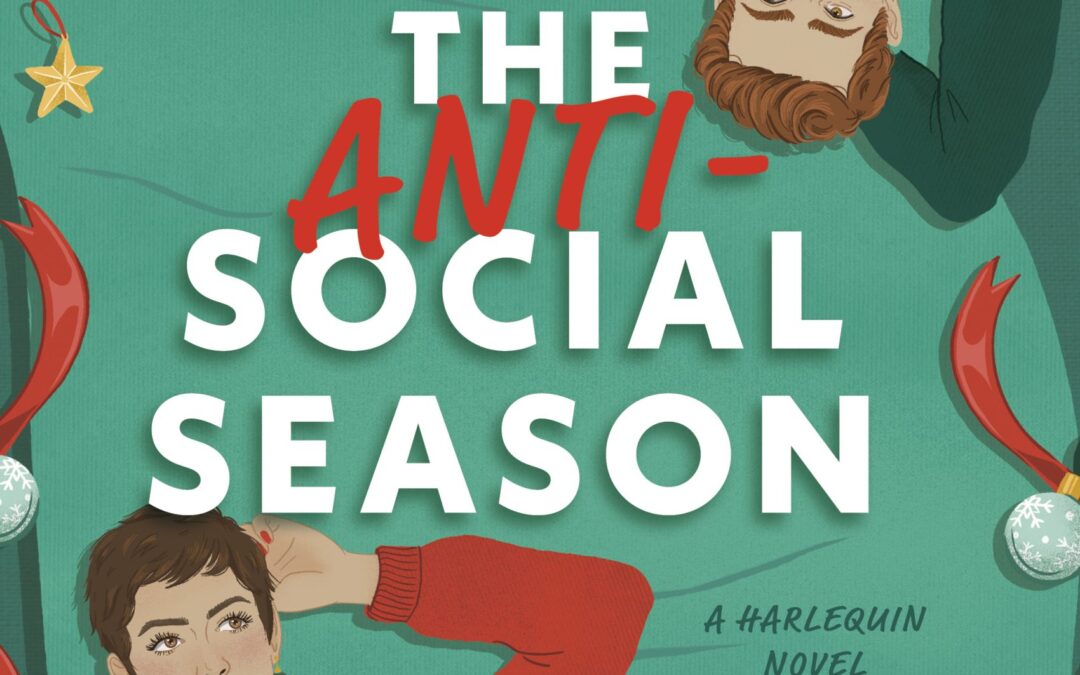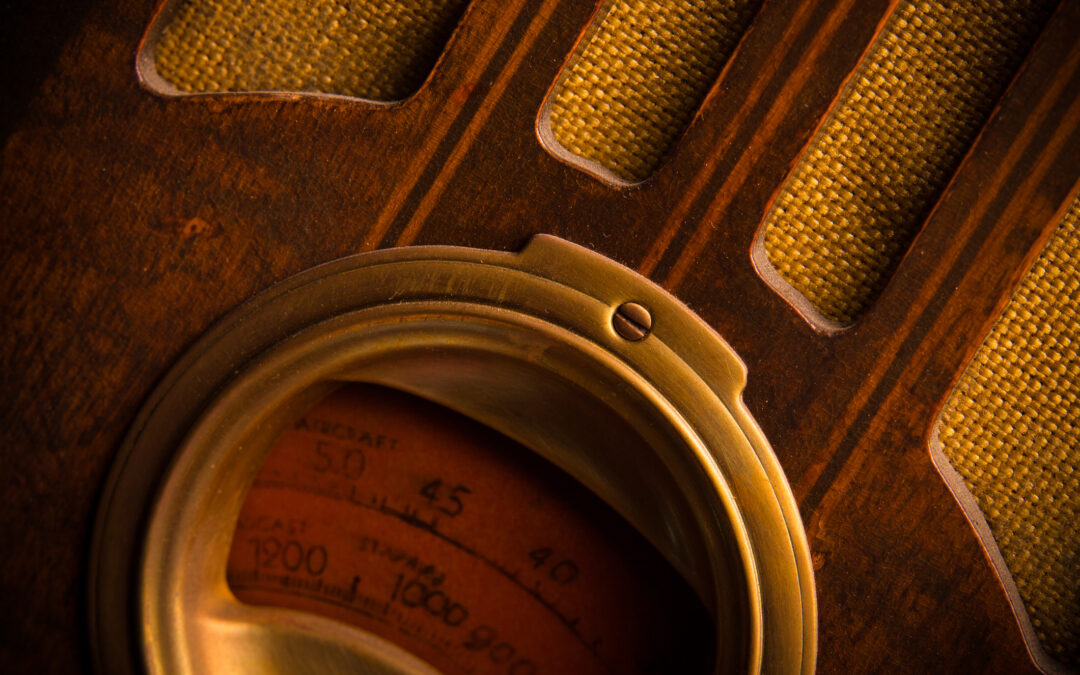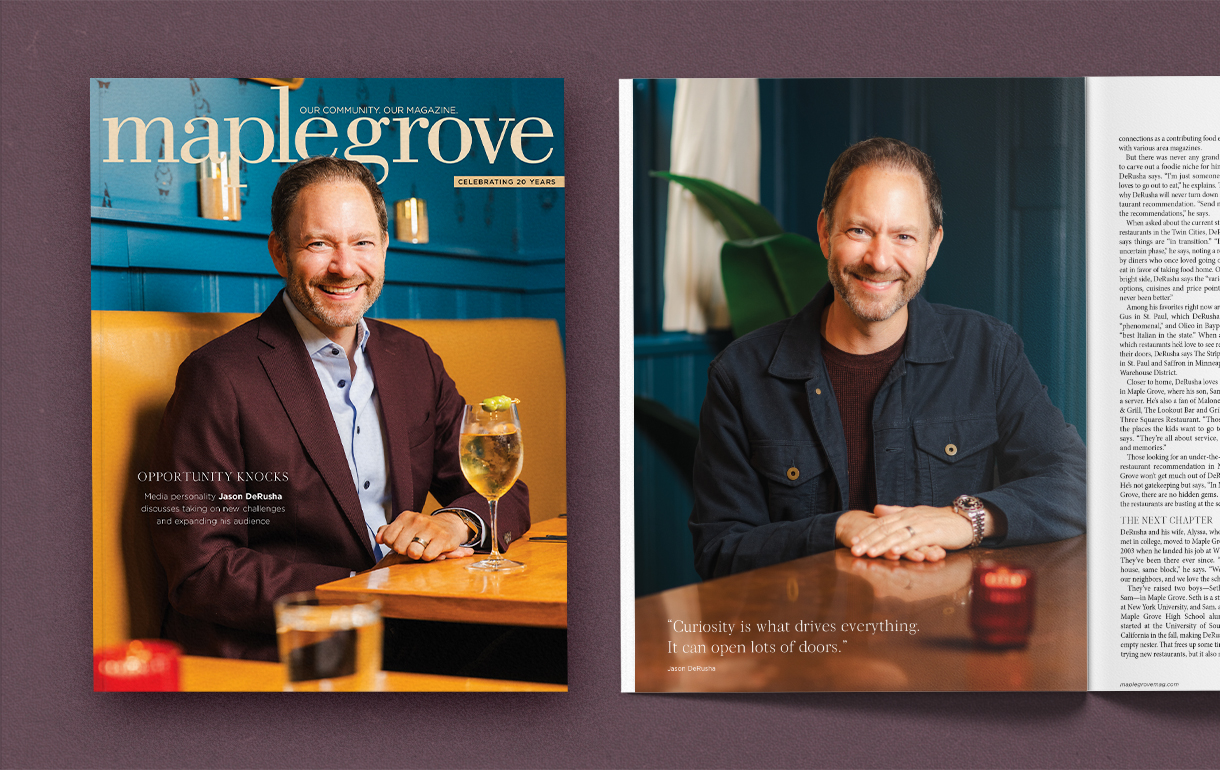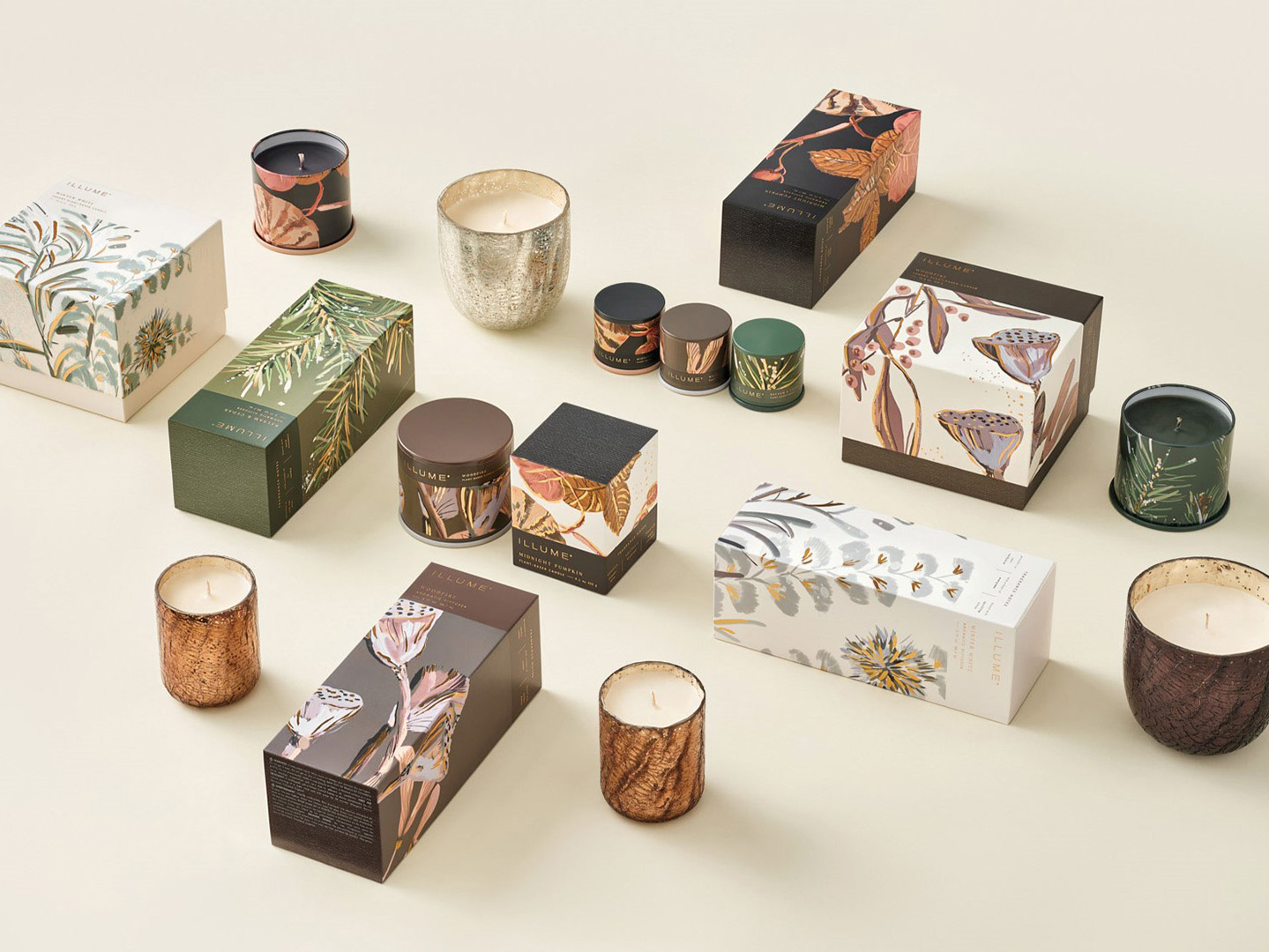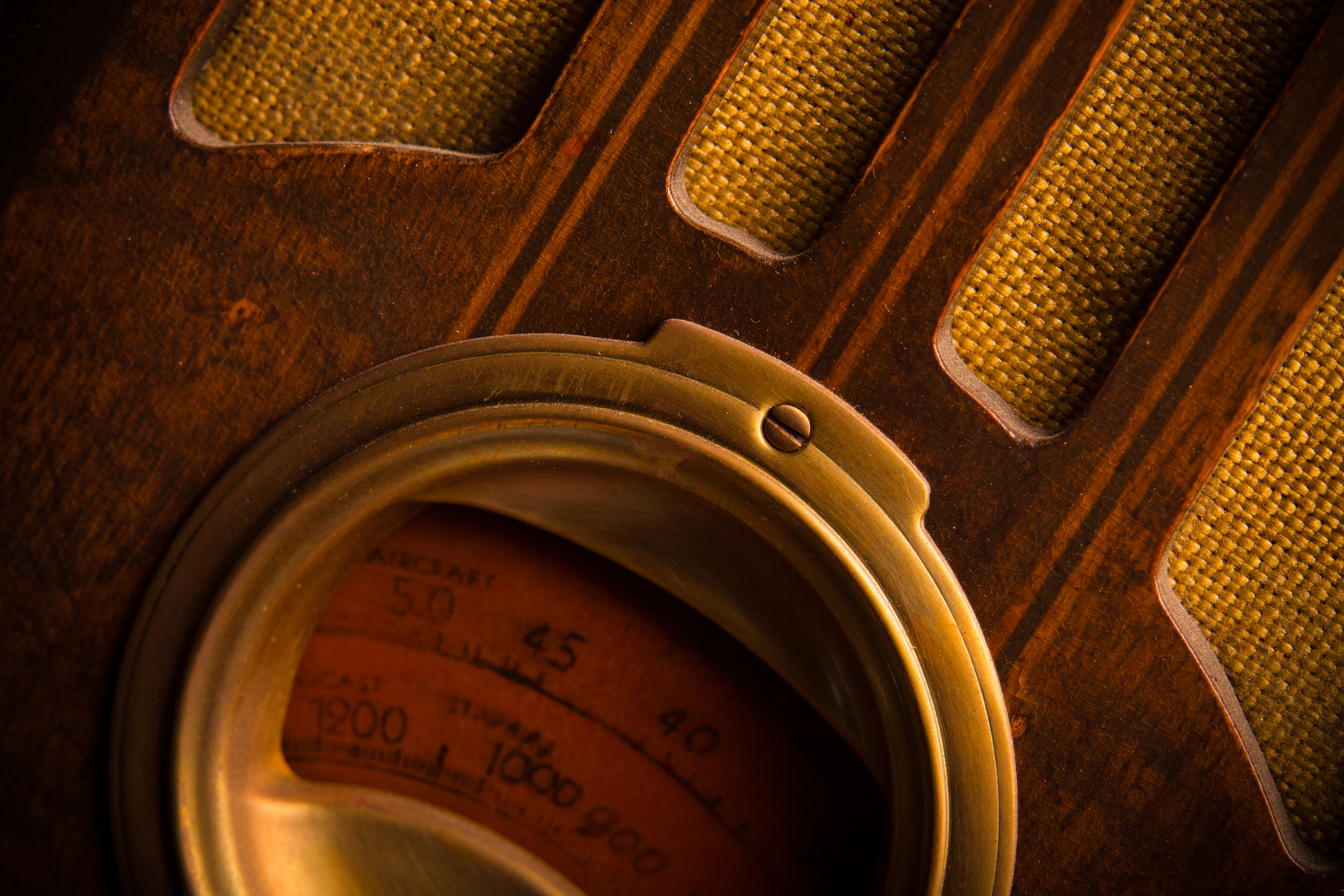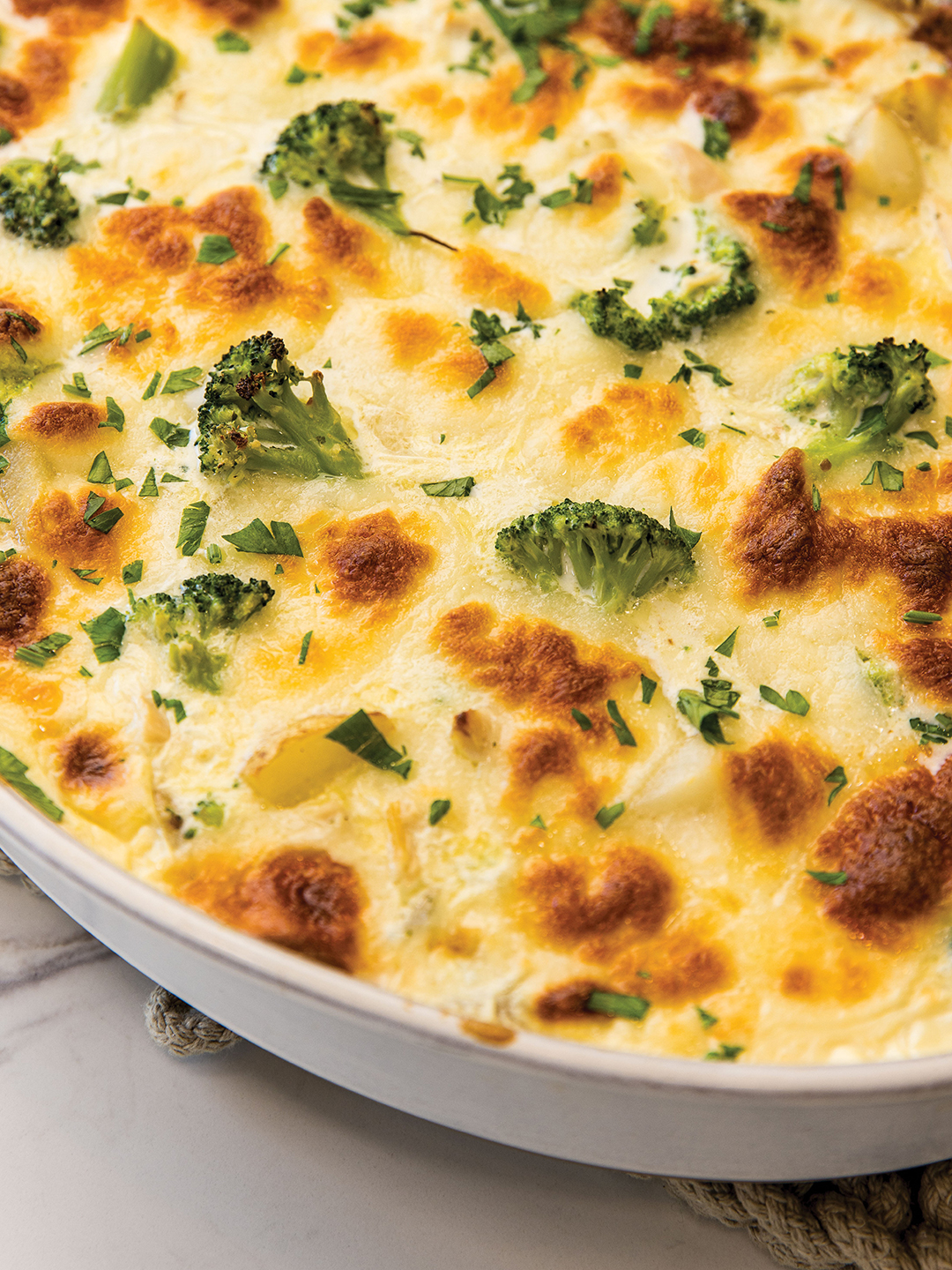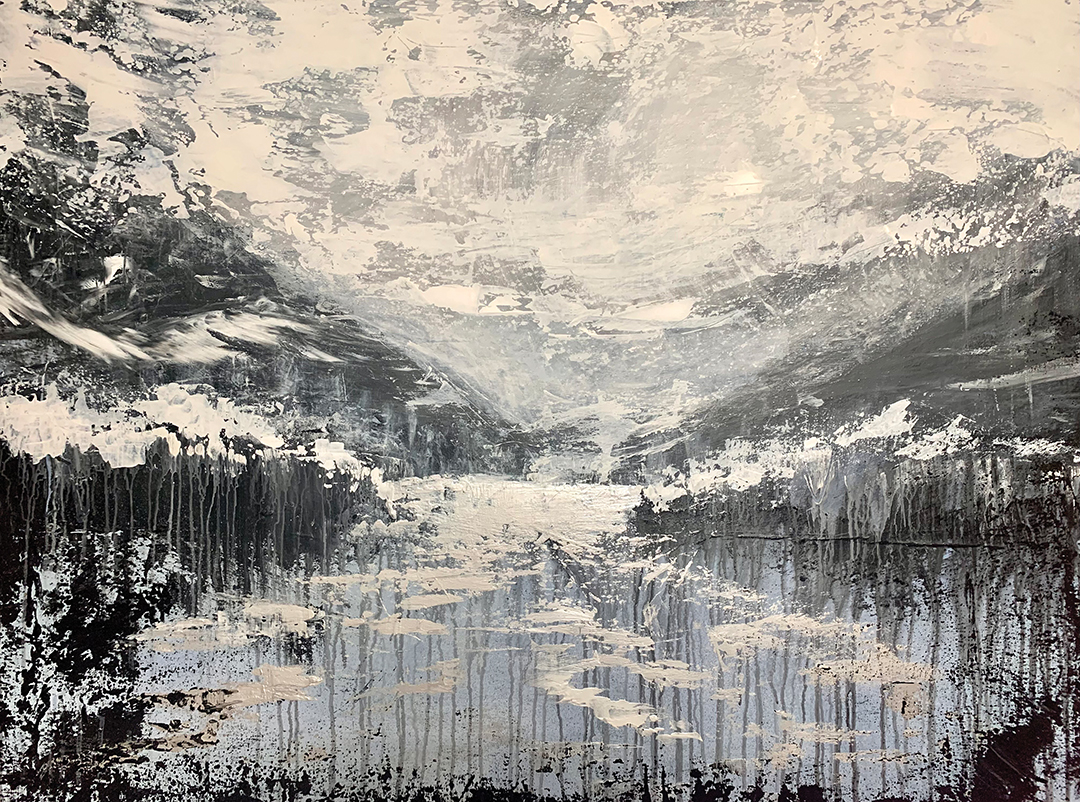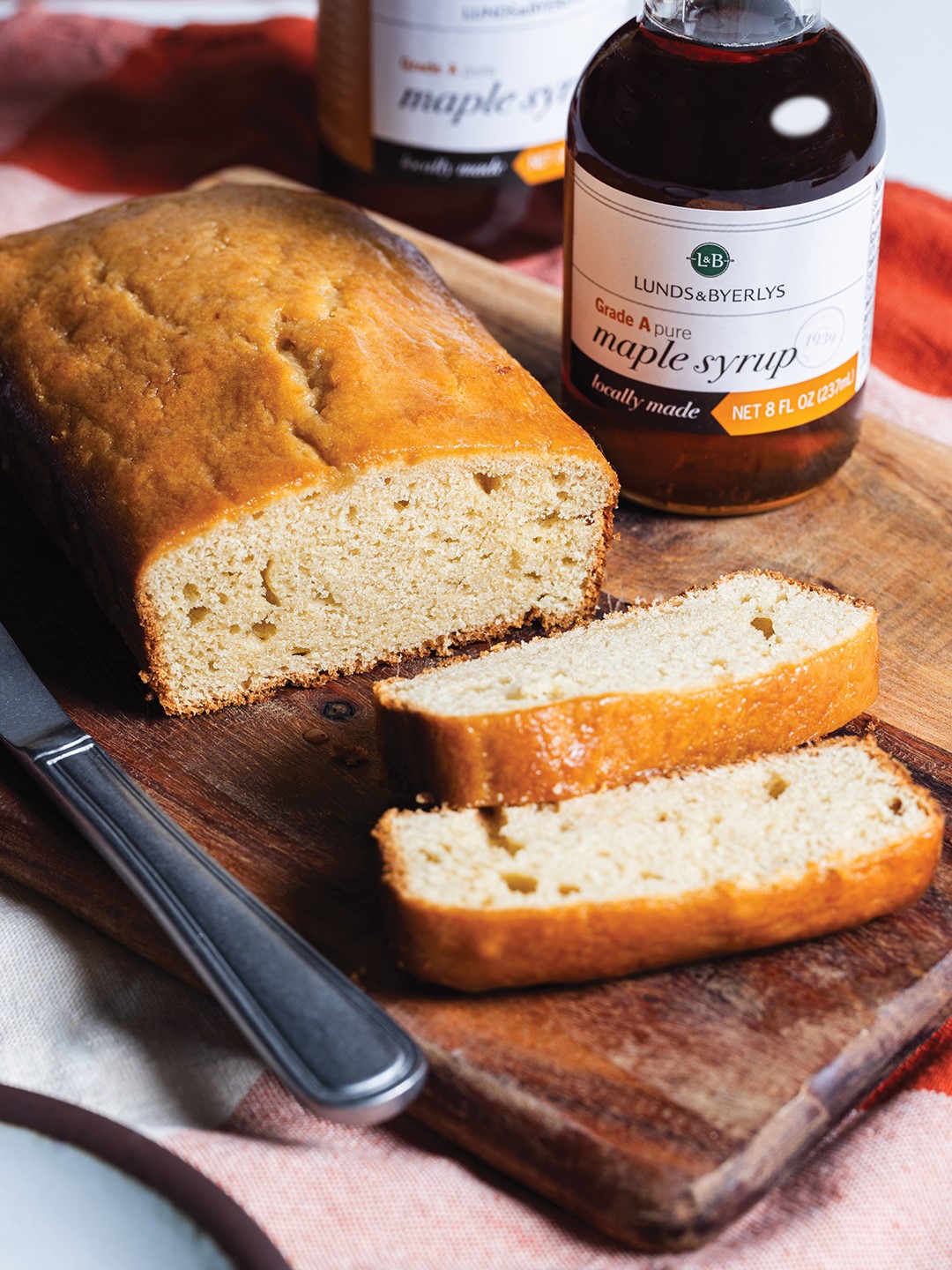
Photos: Chris Emeott
Explore the benefits of essential oils on overall wellbeing.
For thousands of years, people have touted the power of plant extracts to improve health. More recently, essential oils have gone mainstream with the rise in popularity of holistic health practices and therapies. But what exactly are essential oils and what can they do for you?
Maple Grove’s Jeanne Tierney teaches a class for senior citizens at the Maple Grove Community Center that addresses those two main questions and teaches people how to use the oils safely. “The thing with essential oils is that they’re natural,” she says. “I love that idea.”
Essential oils are made from concentrated plant extracts. They are used for a variety of reasons from aiding in sleep and reducing anxiety to alleviating nausea and lifting moods.
After taking an essential oils class herself, Tierney tried a blend of oils, including wintergreen, camphor, peppermint and ylang ylang (among others), to address her chronic back and neck pain. “It gave me so much relief,” she says. “My movement was better.” Later, when stuck with insomnia, Tierney says she tried a lavender blend essential oil and was finally able to rest. “It helped me to relax,” she says.

Now, Tierney is happy to help others find ways essential oils can help them. Since trying the oils herself, Tierney became a representative for doTERRA, but says selling the oils is secondary to helping people. “You can buy nutritious foods, but if you don’t use them, it doesn’t do any good,” she says. “I wanted to help people use [the oils].”
Tierney uses her knowledge to teach people how to use essential oils for healing, emotional wellbeing and nontoxic cleaning. “The biggest complaints I hear are pain and sleep,” she says. Tierney recommends certain oils, DIY recipes and applications to address those issues.
The most common method for experiencing the benefits of essential oils is through inhalation. “Essential oils are easily absorbed into respiratory tissues,” says Jodi Baglien, a certified clinical aromatherapist, educator and integrative therapies practitioner*. “They initiate a biochemical response in the body.”
She works with many of the major health systems in the Twin Cities and beyond to bring aromatherapy programs into clinical, hospital and long-term care settings. “The Twin Cities is a therapeutic hotbed,” Baglien says.
Aromatherapy, a type of holistic therapy using essential oils, has proved to be a popular option to reduce stress, tackle nausea and provide those suffering from pain a chance at relaxation.
“Inhalation is the safest method [for using essential oils],” Baglien says. “If you want to use oils for fun, just pick a scent you like, and put a few drops in a diffuser. On the most basic level, essential oils are well known for boosting moods. Orange is known to promote happiness while lavender is synonymous with calm and relaxation.”
The oils can also be used topically by adding small amounts to a carrier oil. The diluted oils can then be absorbed through the skin for use in massaging sore muscles or soothing irritated skin. Ingestion is a third option, but one that both Baglien and Tierney caution against using without professional advice.
Baglien said the best direction she can give those interested in trying out essential oils is to seek out a reputable educator or get a book. She recommends Lora Cantele’s The Complete Aromatherapy and Essential Oils Handbook for Everyday Wellness. “Keep it simple and educate yourself,” she says.
Both women also advocate buying oils from reputable sources with proven track records. “They should be in glass or metal bottles,” Tierney says. “Not plastic.”
“With oils, there are good, better, best,” says Baglien, noting that in general, the purer the oils, the better the results. “There’s nothing wrong with going with an essential oil from the store—just make sure it’s a reputable brand.”
And to get the best results, Baglien says one has to be mindful. “Focus, breathe,” she says. “Take a moment to tune in.”
Prior to using essential oils in any form, consider discussing it with your healthcare provider. Moreover, if you’re a pet owner, discuss usage with your veterinarian, as some essential oils are toxic to pets.

Essential Oils Primer
Aromatherapy – The practice of using essential oils for therapeutic benefits
Blend – A mixture of two or more plant extracts
Carrier oil – An oil used in combination with small amounts of essential oils to help the skin absorb the product
Diffuser – A device that combines water and small amounts of essential oils, distributing them into the air for inhalation purposes
Essential Oils – Plant extracts made by pressing or steaming plants
Ingestion – Method by which essential oils enter the body through the digestive system, such as in a capsule
Inhalation – Method by which essential oils enter the body via air through the respiratory system
Topical – Method by which essential oils enter the body through the skin, usually via a carrier oil to aid in absorption
Maple Grove Community Center
12951 Weaver Lake Road; 763.494.6500
*Correction: Jodi Baglien is also the owner of the aromatherapy brand, Quella Essential Oils.

